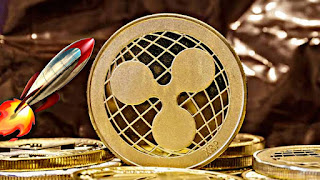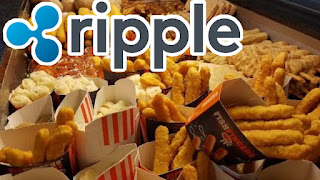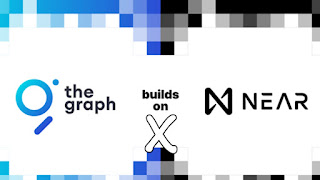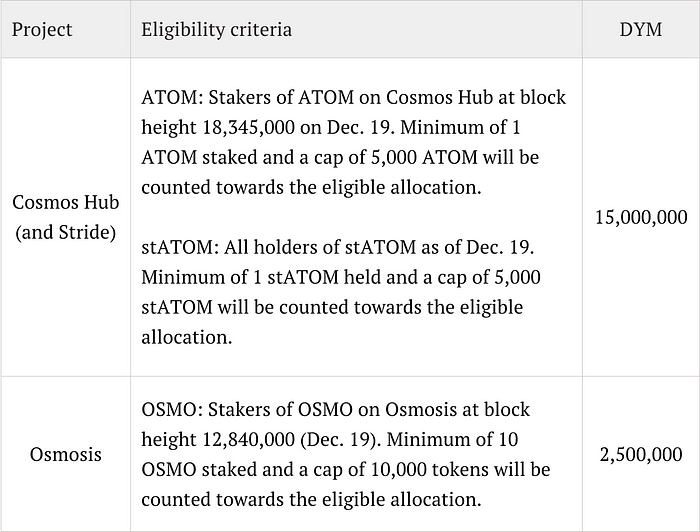The Beacon Chain will be updated for the first time later this month with the Altair upgrade, marking the first step toward the imminent Merge. On Oct. 21, the price of Ether (ETH) almost reached a new all-time high before plummeting below $4,000 as the $435 million options expiration on Oct. 22 soured the mood. The Altair update to Beacon Chain will push the Ethereum network one step closer to Ethereum 2.0 on Oct. 27 at epoch 74240. Eth2 will be a 100% proof-of-stake (PoS) network, which the community has been planning for over a year.
Altair is a version to the Beacon Chain that adds support for light clients, pre-validator inactivity leak accounting, a boost in cutting severity, and clean-ups to validator incentives, according to an Ethereum Foundation blog post outlining the work. This is the Beacon Chain's first planned update.
According to the blog article, this update is a "warm-up upgrade" for the Beacon Chain and its clients. The upgrade will essentially introduce numerous major improvements to the Ethereum 2.0 network.
First, the introduction of sync committees for light client functions allows light clients to easily sync up the header chain, with low computational and data costs.
Second, the incentive accounting reforms bring three main changes: The storing actions use a more efficient bit field format that reduces complexity, the “inactivity leak” quadratic is based per validator instead of globally — which is insignificant for validators that participate more than 80% of the time — and there are some bug fixes in the reward accounting.
Third, the update brings about changes in penalty parameters that make inactivity leaks and slashing more punitive than in the pre-Altair era. There will be three main changes to these parameters. The inactivity penalty quotient is reduced by 25%, which reduces the time it takes for balances to leak by nearly 13.4%. The minimum slashing quotient is decreased from 128 to 64 — the quotient being the minimum fraction of the total balance that a slashed validator will lose. This puts the minimum slashing penalty at 0.5 ETH, double the previous penalty of 0.25 ETH.
The proportional slashing multiplier will be raised from one to two, implying that the slashing penalty will now be doubled for validators slashed within 18 days of that validator. "For example, if you are slashed and within 18 days (in both directions) 7% of other validators are also slashed, your slashing penalty would have been 7% pre-Altair, but it would be 14 percent post-Altair," Jun added.
Such changes in the incentive structure are often crucial for network security, since they reward greater levels of participation and adapt throughout the spectrum as a result. However, since this is a Beacon Chain update, it will have no direct effect on users or decentralized apps (DApps) on the network for the time being.
However, after the transition to Eth2 is complete, this will effect Ethereum users. According to Jun, this improvement will make it easier for consumers to participate in Ethereum 2.0:
"One of Altair's key aims is to create a light client that is simple and efficient enough to function in any context (mobile device, embedded hardware, browser extension, and even within another smart-contract-capable blockchain)," says the company.
The redesign of the rewards and penalization structure for validators will come from the redistribution of validators' advantages, making the incentives for the network's contributions more systematic and easier to grasp using logical thinking.
This is a warm-up for the Merge.
Because the economic stakes are now minimal, it seems plausible that this update is being used as a "warm-up" for future Beacon Chain enhancements. Because the node operators will have previously gone through a chain upgrade at the same time, all further upgrades leading up to the Merge should go more easily — which is especially important because there will be a lot riding on the network in the wake of the Merge.
Ben Edgington, an Ethereum engineer and product owner for Teku, a ConsenSys Eth2 client, talked with Cointelegraph on how Altair relates to the impending Merge: Ethereum.
“The Merge, Ethereum's proof-of-stake update, will be the greatest improvement in its history. The Altair update will provide us with vital expertise that will help us guarantee that when The Merge is ready for deployment in 2022, everything goes well."
When questioned about the effect of the update for Beacon Chain investors, Edgington said that they would not notice a change with Altair in the vast majority of cases. It's simply a "cleaning up" activity that has no bearing on stakers' anticipated returns or how they engage with the chain in any manner.
The adjustment in the punitive parameters will apply to both slashing and inactivity leaks, as outlined in Ethereum Improvement Proposal (EIP) 2982. The decrease of these penalties at the start of the Beacon Chain, according to Edgington, was done to give stakers time to get their bearings and acquire confidence. The Merge will eventually set their penalties to their full "cryptoeconomically optimum levels," whereas Altair will boost them somewhat. He went on to explain how this helps the network's security:
"Beacon chain inactivity has never been exposed, and just 0.06 percent of validators have been cut, therefore these penalties are mostly hypothetical.They're designed to make intentional assaults on the beacon chain very costly. As a result, increasing them with Altair improves the chain's security."
The dynamics of "Ethereum killers" may change as a result of the merger.
Following the London hard fork earlier this year in August, the Altair upgrade is the next big change to the network. The hard fork largely introduced EIP-1559, which modified the transaction pricing mechanism to burn a part of the gas costs, placing ETH on a deflationary path.
The current burn rate of Ether is 5.31 ETH/min, according to statistics from Ultrasound.money, and over 628,000 ETH worth over $2.6 billion has been burnt to far. Supply is now growing at a pace of 2.2 percent per year. This rate of supply will go negative, according to a Merge simulation on the Ultrasound.money website.
After the Merge, the PoS consensus method will be applied to the whole Ethereum network, and scalability is expected to increase when data sharding is implemented. Until then, alternative blockchain networks with a working smart contract utility, such as Solana and Binance Smart Chain, may be able to gain traction due to their cheap gas costs.
Edgington went on to say that the network supports layer-two solutions, which allow customers to pay cheaper gas rates than on the old layer-one network:
"As developers, we don't get too worked up about Ethereum Killers. [...] Meanwhile, layer-2 roll-up technologies on Ethereum are already yielding massive scalability gains and a rich ecosystem of interesting new features, all while remaining totally secure thanks to Ethereum's base-layer security. Over the next year and beyond, protocol updates will support and enhance everything that is occurring on layer-2."
While the Altair update may not have much impact on Ethereum network end users, it is very important for developers and other community members who are looking forward to the Merge in 2022. Earlier this month, 40 officials from the Eth1 and Eth2 projects, the Ethereum Foundation, and ConsenSys convened for a week and successfully established a testnet running PoS with several Eth1 and Eth2 clients.
This breakthrough gives Ethereum a big boost in confidence that it will be able to completely switch to PoS and turn off the Eth1 proof-of-work network.
































